Mina Park
Gait-based Frailty Assessment using Image Representation of IMU Signals and Deep CNN
Oct 15, 2021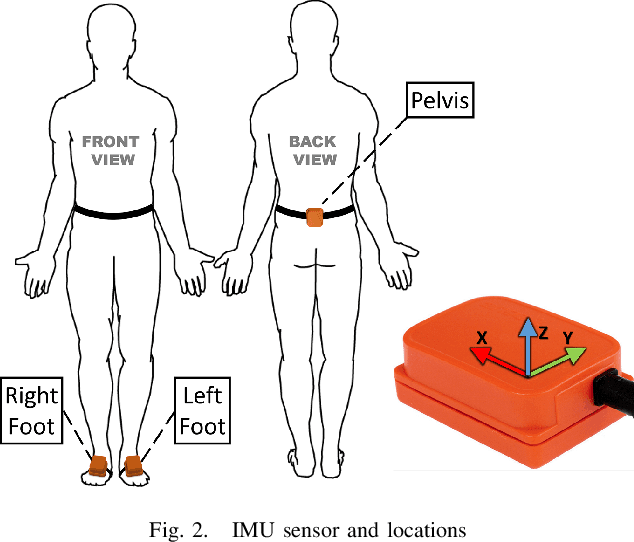
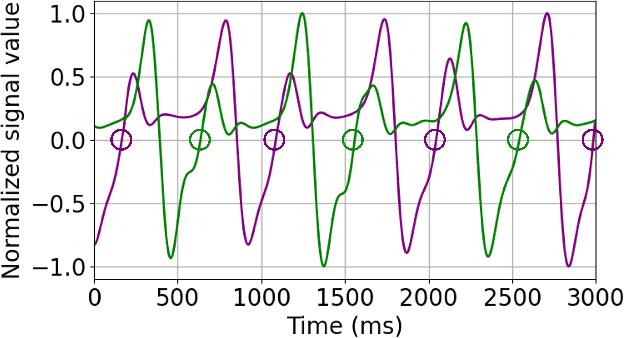
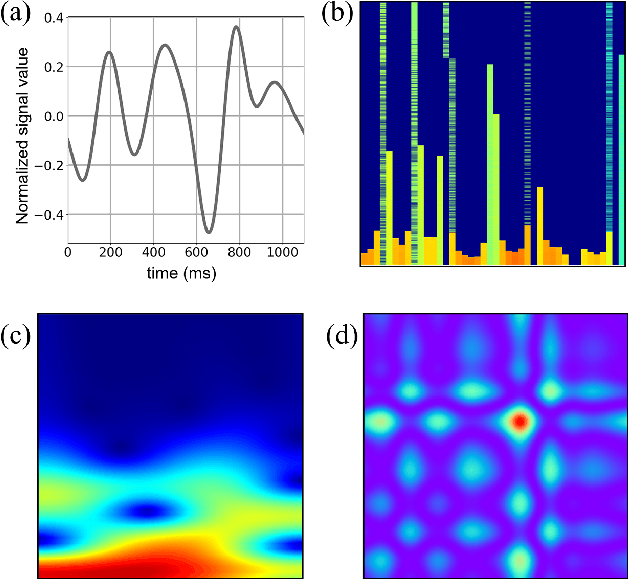
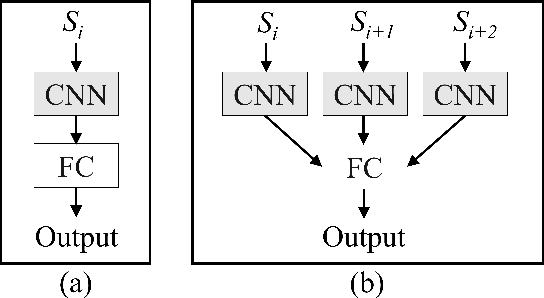
Abstract:Frailty is a common and critical condition in elderly adults, which may lead to further deterioration of health. However, difficulties and complexities exist in traditional frailty assessments based on activity-related questionnaires. These can be overcome by monitoring the effects of frailty on the gait. In this paper, it is shown that by encoding gait signals as images, deep learning-based models can be utilized for the classification of gait type. Two deep learning models (a) SS-CNN, based on single stride input images, and (b) MS-CNN, based on 3 consecutive strides were proposed. It was shown that MS-CNN performs best with an accuracy of 85.1\%, while SS-CNN achieved an accuracy of 77.3\%. This is because MS-CNN can observe more features corresponding to stride-to-stride variations which is one of the key symptoms of frailty. Gait signals were encoded as images using STFT, CWT, and GAF. While the MS-CNN model using GAF images achieved the best overall accuracy and precision, CWT has a slightly better recall. This study demonstrates how image encoded gait data can be used to exploit the full potential of deep learning CNN models for the assessment of frailty.
Gait-based Human Identification through Minimum Gait-phases and Sensors
Oct 15, 2021
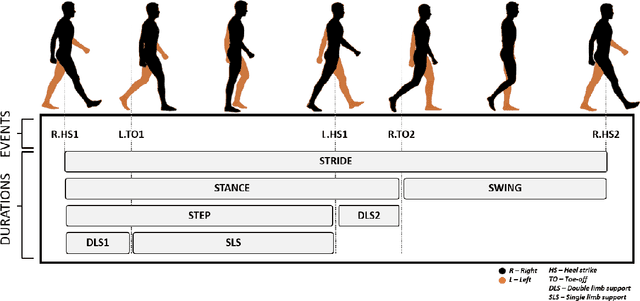
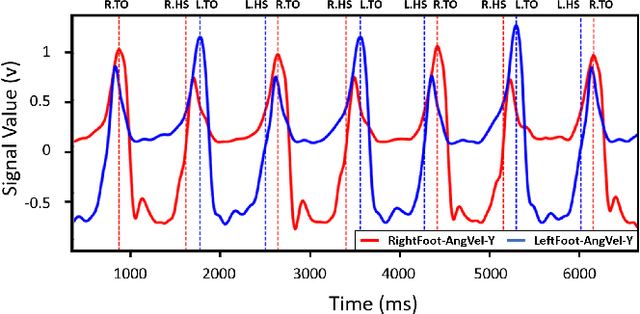
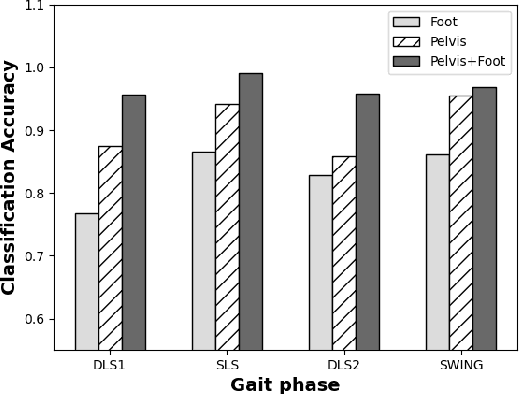
Abstract:Human identification is one of the most common and critical tasks for condition monitoring, human-machine interaction, and providing assistive services in smart environments. Recently, human gait has gained new attention as a biometric for identification to achieve contactless identification from a distance robust to physical appearances. However, an important aspect of gait identification through wearables and image-based systems alike is accurate identification when limited information is available, for example, when only a fraction of the whole gait cycle or only a part of the subject body is visible. In this paper, we present a gait identification technique based on temporal and descriptive statistic parameters of different gait phases as the features and we investigate the performance of using only single gait phases for the identification task using a minimum number of sensors. It was shown that it is possible to achieve high accuracy of over 95.5 percent by monitoring a single phase of the whole gait cycle through only a single sensor. It was also shown that the proposed methodology could be used to achieve 100 percent identification accuracy when the whole gait cycle was monitored through pelvis and foot sensors combined. The ANN was found to be more robust to fewer data features compared to SVM and was concluded as the best machine algorithm for the purpose.
 Add to Chrome
Add to Chrome Add to Firefox
Add to Firefox Add to Edge
Add to Edge